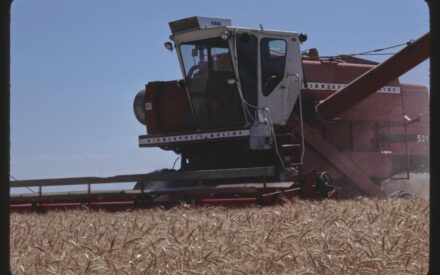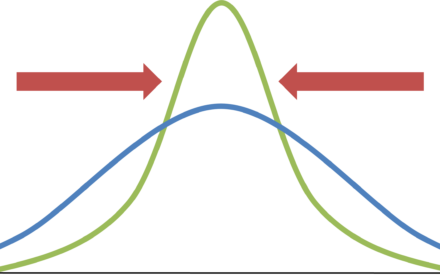Different people have different levels of risk tolerance. Even farmers involved in a partnership or corporation may have different levels of tolerance for risk.
Whether a farmer is alone in their farm business or they are part of a partnership or corporation, it is important to understand the differences that may exist in each person’s level of risk tolerance. Those differences translate to different approaches to managing or in some cases, totally avoiding risk.
To discover and gain an understanding of a farmer’s own personal level of risk tolerance, they should complete the Risk Tolerance Quiz. Each question should be answered without a great deal of thought. It should take no more than 10 minutes to complete this quiz. Once the risk tolerance quiz is completed, return to this article to learn more about the highest score.
Click on the section below to learn about each style of risk tolerance.
Summary
Understanding how a farmer’s own risk preferences and that of others affect the risk management decisions made for the farm business is important. Farmers should review their risk styles and how their style might be different from others in their farm partnership or corporation. These farmers should consider how these differences come across when they are managing risk.
References:
- Crane, L., Gantz,G., Isaacs, S., Jose, D. , & Sharp. R. (2013). Introduction to Risk Management. Understanding Agriculture Risk: Production, Marketing, Financial, Legal, Human Resources (2nd ed.). United States Department of Agriculture (USDA), Extension Risk Management Education and Risk Management Agency.
- Harwood, J., Heifner,R., Coble, K., Perry, J., & Somwaru, A. (1999). Managing Risk in Farming: Concepts, Research, and Analysis, Agricultural Economic Report No. 774. USDA, Economic Research Service,Market and Trade Economics Division and Resource Economics Division.
- Reddy, R., Andrews, G., Feuerstein, M., Fortenberry, R., Glewen, M., Hanson, M., & Vanderlin, J. (2004). AgVentures – Grain Marketing Module. University of Wisconsin – Extension.
This material was developed by the University of Wisconsin–Madison Division of Extension in cooperation with the U.S. Department of Agriculture and Wisconsin counties. This material is based upon work supported by USDA/NIFA under Award Number 2021-70027-34694.

 A Brief History of Crop Insurance
A Brief History of Crop Insurance A Brief History of Grain Markets
A Brief History of Grain Markets Identifying the components and sources of risk on the farm
Identifying the components and sources of risk on the farm Measuring Price Risk for Your Farm Business
Measuring Price Risk for Your Farm Business


